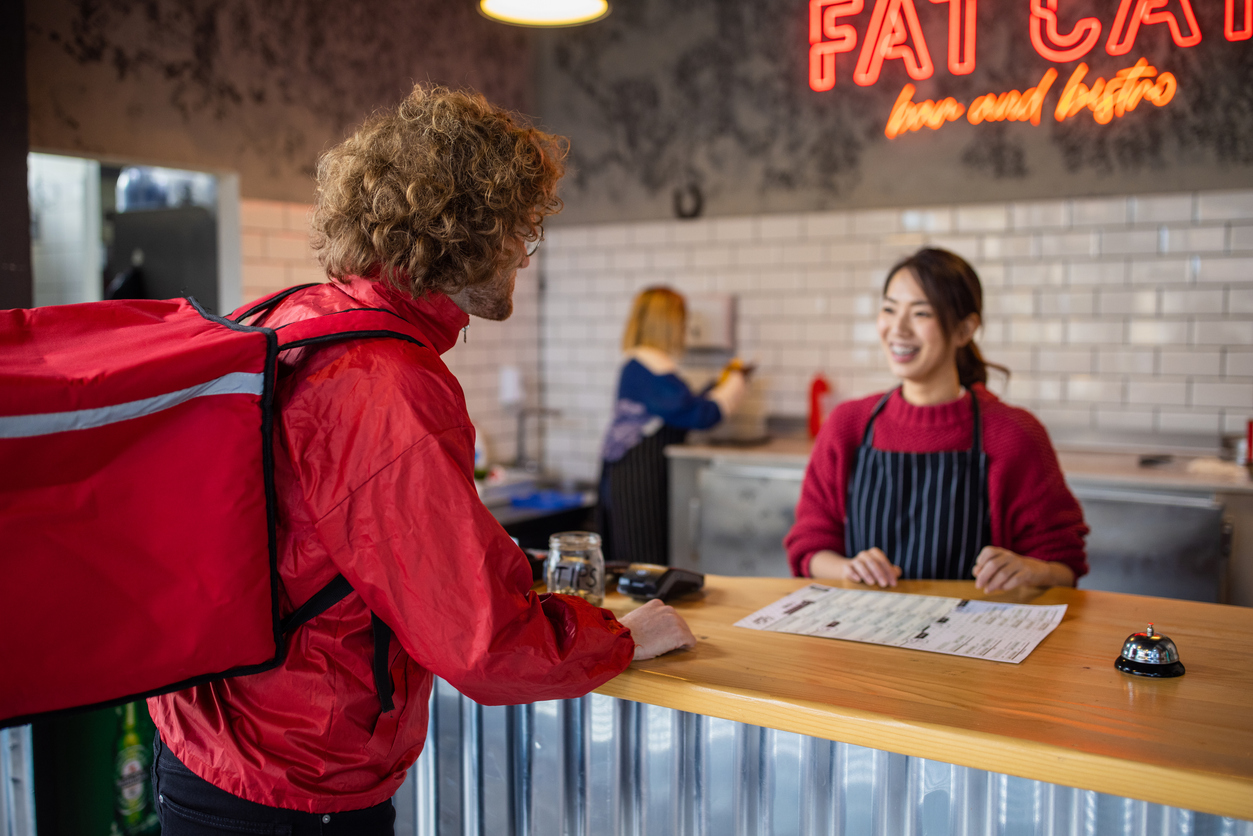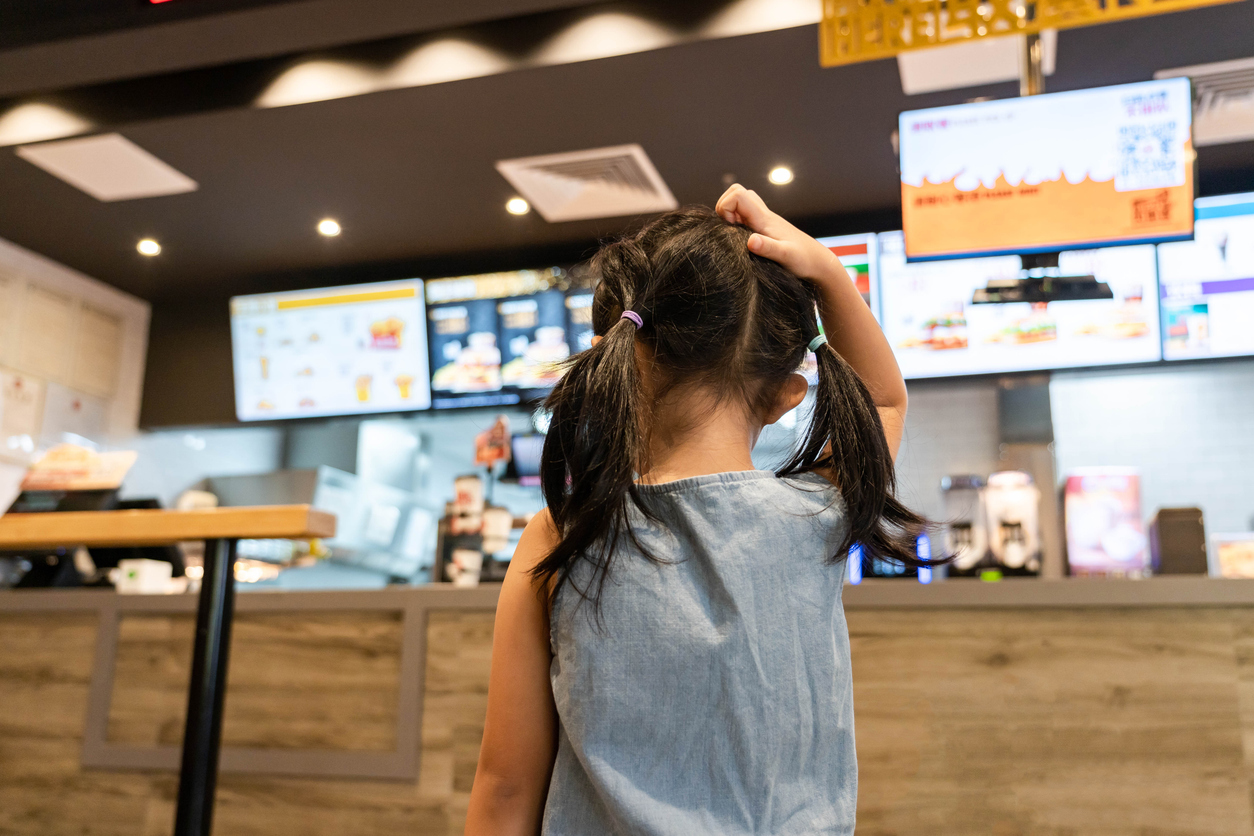Quick Service Restaurants have revolutionized the way we eat. From busy professionals grabbing lunch between meetings to families seeking convenient dinner options, QSRs have become an integral part of our daily lives. These modern-day food establishments, often called fast-food restaurants, offer much more than just speedy service – they represent a perfect blend of convenience, consistency, and affordability.
What started with simple hamburger stands in the early 1900s has evolved into a sophisticated, multi-billion-dollar industry that serves millions of customers daily through efficient systems, standardized processes, and innovative ordering technologies.
Whether it's a drive-thru breakfast sandwich or a late-night snack, QSRs have mastered the art of delivering food fast without compromising on taste or quality.
What Is A Quick Service Restaurant?
A QSR is a type of restaurant that focuses on offering fast service options and food that is good value for money. These restaurants typically have a small selection of items on the menu and put together the order as quickly as possible for guests to couch, takeout, or drive-thru. They use the latest kitchen equipment and techniques to speed up service and reduce customer waiting times.
The global quick-service restaurant market size was valued at USD 894.68 billion in 2023 and is projected to expand from USD 971.36 billion in 2024 to USD 1,930.14 billion by 2032, representing a CAGR of 8.96% over the forecast period.
QSR restaurants are especially known for their emphasis on speed, convenience, and low costs. Some well-known examples are McDonald's, Subway, and Taco Bell, which stick to consistent menus and fast service across all their locations. Many of them also implement self-service kiosks or mobile apps to avoid delays that can be caused by ordering.
Key Components Of QSR Operations
Speed, organization, and quality help fast-food businesses succeed. Quick order preparation and tools like digital menus and kitchen systems reduce mistakes. Consistent quality brings customers back, while growth comes from better service or new menu items. These parts work together to create a smooth and reliable experience that keeps customers happy.
Kitchen Layout And Equipment
An efficient kitchen should ideally have a straight-line or an assembly setup so that extra steps are minimized. Fast ovens, automatic fryers, and multi-use prep stations save time and space. Placing fridges, prep areas, and cooking stations close to one another facilitates easy workflow. Including a kitchen display system helps in managing orders among the staff and getting organized. Proper planning of a kitchen layout and its equipment minimizes delay, improves accuracy, and makes service faster with everything running smoothly.
Drive-Thru Systems
New technologies such as digital menu boards, AI systems for taking orders, and license plate recognition help make drive-thrus faster and reduce waiting times. To manage lines well, use clear signs, have multiple lanes, and ensure staff are ready to help during busy periods. You can measure how well the drive-thru is working by tracking wait times, order accuracy, and customer feedback. To improve, focus on smoother processes, train staff often, and use data to find and fix any problems.
POS And Order Management
Orders have become more precise and faster with the latest POS technology, as automation will reduce mistakes during the process. It records the orders quickly and then sends them straight to the kitchen or service area without delay. Its connection with other tools such as inventory and payment systems is straightforward, updating all of them instantly. It can even use data to track stock levels, monitor sales, and generate insights that help build efficiency and increase customer satisfaction.
Inventory Control
The best practice in inventory is always checking the stock often, always placing the products of usage in order, and creating reorder levels so that there is no running out of stock. Technologies help by automatically tracking the inventory, showing stock levels in real-time, and reducing mistakes. With these kinds of systems, businesses can easily identify slow-moving items and prevent overstocking, therefore reducing waste. The tools also provide enlightening insights into the trend of usage, hence easy planning and management of stock.
The Evolution Of Quick Service Restaurants
Fast food businesses have changed a lot to meet what customers want. In the past, the main focus was on quick service and low prices. But as people became more health-conscious and tech-friendly, restaurants started offering healthier choices and using digital ordering. The growth of delivery services and apps made ordering even easier. These changes show how businesses are adapting to provide more convenience, better quality, and personalized options for customers.
Historical Development
A series of important events and concepts have shaped the fast-food sector over the years:
- The drive-thru service was first established in the 1950s by some of the leading names such as McDonald's, who offered more food to people without taking much of their time in the drive-in lot.
- The value menu was launched in the 1980s as a way of discounting fast-food chains to a more popular public, and Taco Bell was the first to back it.
- The shift towards healthy eating commenced in the 1990s, with Subway and other brands admitting that they used more fresh and healthier components.
- The shift to mobile ordering and delivery apps since the late 2000s which has drastically altered the idea of convenience for customers is one of the major technological changes in recent years.
- Quickness, conformity, and standardized customer service are the newly coined terms that people assert as the main trademarks of the world's famous brands such as McDonald's, Chick-fil-A, and Wendy's. The innovations that have contributed to the industry's success are also the catalysts for new trends.
Modern QSR Trends
In 2025, a lot of QSR trends in the fast-casual world are shaping how restaurants operate with efficiency and focusing on the customer. These include the following:
- Going Digital: More restaurants are starting to use apps and digital kiosks to order from their restaurants, increasing the speed and quality of service.
- Restaurant delivery and takeout: Restaurants are becoming convenient for customers in terms of being fast and dependable.
- Making It Eco-Friendly: People tend to select eateries with biodegradable containers and source food from places that promote a green environment.
- Customer Input: A great number of fast-food chains are now enabling customers to change their meals as per their preferences.
- Healthy choices: The industry is moving toward a healthier approach; that is, offering more plant-based meals and proper nutritional labeling.
These are changes in the food industry and their shift to emphasize speed, sustainability, and choices.
Impact Of Technology On QSR Industry
New technologies transform the way quick-service restaurants run by making things faster and making customers experience it much better. These tools speed up the ordering and payment processes in addition to kitchen processes, enabling businesses to serve more clients quickly. Key benefits include:
- Quicker service and shorter wait times.
- More accurate orders with automated systems.
- Lower inventory tracking through a digital tool.
To get a good return on investment, implement technology gradually. Again, emphasize the solutions that make service and efficiency better. Monitor progress, adjust accordingly, and ensure your staff understands how to effectively use these tools.
Customer Service In QSR
The new customer service standards in QSR focus on speed, quality, and friendliness. To give excellent service, staff should:
- Greet customers promptly and warmly
- Maintain a clean and tidy workspace
- Listen to customer needs
- Get orders right and as quickly as possible
- Fix problems fast with a smile
- Suggest extras without being pushy
Training has to include role-playing that develops a practice interaction with customers, focuses on clear communication, and introduces a culture of urgency. Regular feedback makes employees improve. Staff being constantly updated on menu changes and promotions not only enriches their knowledge but also heightens the general customer experience.
What Distinguishes QSRs From Fast-Casual Restaurants?
Prices, service styles, and target customers draw the line between QSRs and fast-casual restaurants.
- Speed And Quality: QSRs focus on fast service while ensuring quality. Using efficient kitchen setups and standard cooking methods helps serve food quickly without losing taste or look. Service times should be under 5 minutes, and the quality must match the brand's standards for flavor and appearance.
- Online Ordering Services: Use order management systems to handle online orders efficiently, reducing mistakes. Set up special areas for pickup to avoid crowding and keep things organized. Clear signage and neat spaces help manage customers quickly.
For more tips, check out this online ordering guide to improve your system.
- Drive-Through: Make drive-thru services better by improving menu signs and using digital displays to make ordering easier. Technology like AI drive-thru can help speed up the process and reduce wait times. Track key numbers like order accuracy and wait times to find areas that need improvement.
Benefits Of Quick Service Restaurants
Quick-service Restaurants offer many benefits for both businesses and customers. For businesses, they have lower costs and higher profits, with average yearly earnings of $1 million per location. Customers appreciate the fast and convenient service, leading to higher satisfaction, with 80% of customers saying they are happy with the speed. These benefits help businesses attract more customers and boost their sales.
Future Of Quick Service Restaurants
The coming 3-5 years are sunk deep digital in the restaurant industry, with innovative technologies like AI-based ordering systems, contactless payments, and new kitchen display systems. Customers will require quicker and more personalized experiences, therefore, businesses will have to be more efficient by speeding up the processes and providing easier ways to order, pay, and acquire food. Mobile apps for ordering, online reservations, and delivery will continue to make strides as customers seek more flexibility and convenience.
To be concluded,
CheckMate can help brands meet these changes with services that support digital growth and business success. Our solutions, like inventory management, and customer service, contribute to better efficiency and a pleasant customer experience. By making use of our platform, businesses can stay ahead and be in place as per the expectations of technology-driven consumers. So, get a demo today and step into the world of digitalization of your Quick-Service Restaurant!





